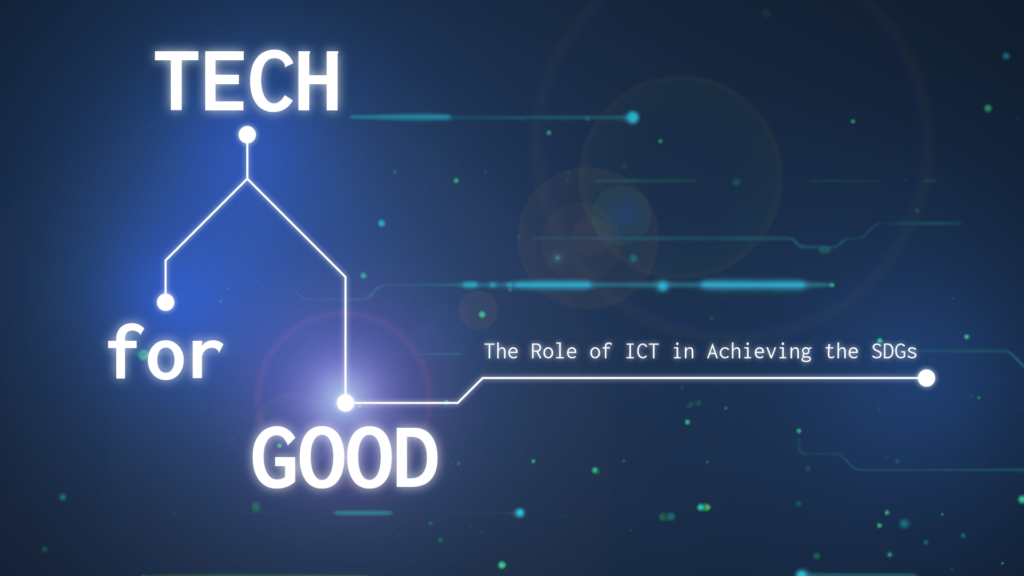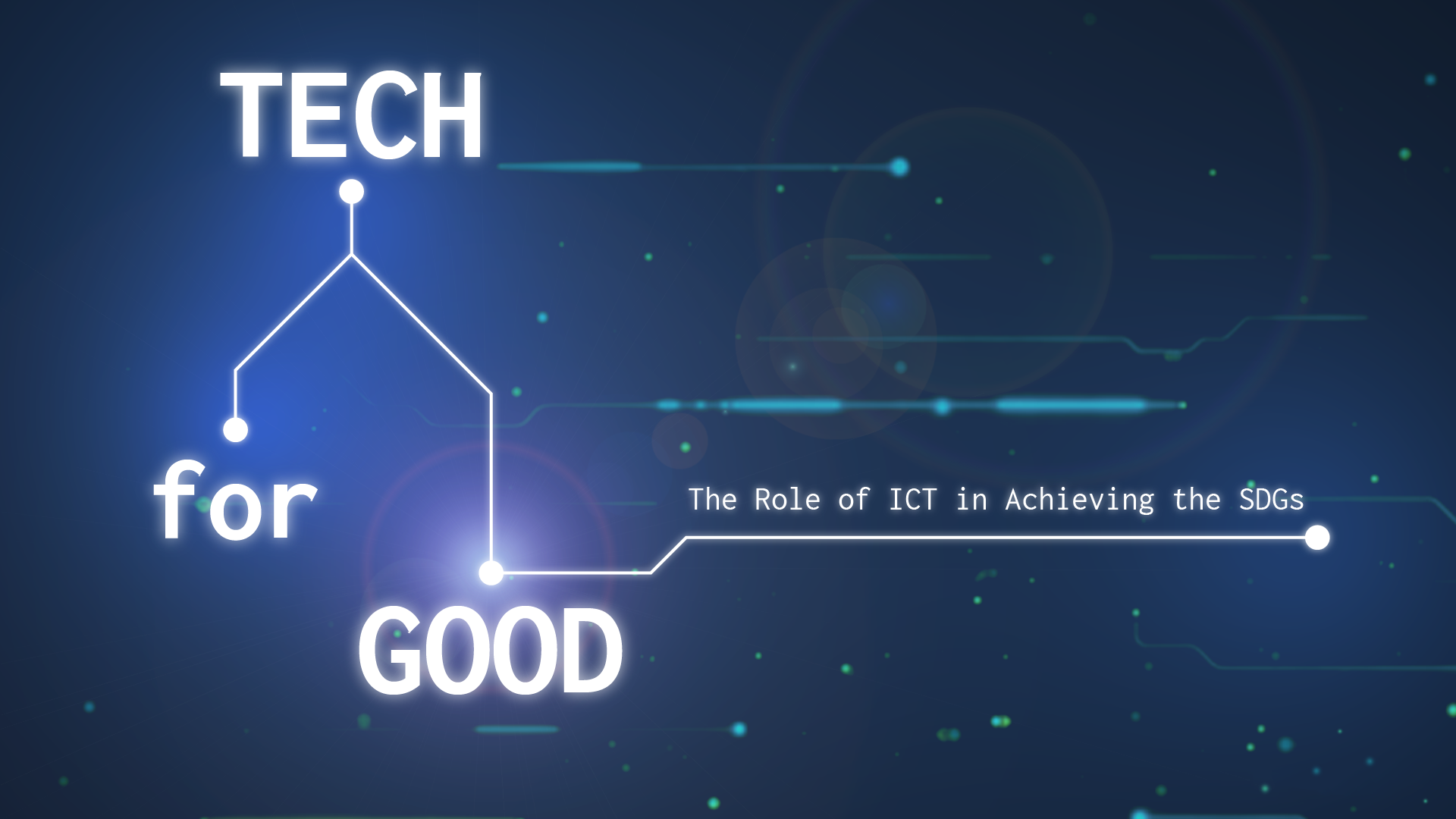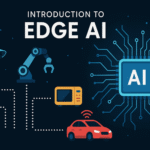In this blog, we’ll explore how technology is driving change across critical global issues, the key innovations shaping our future, and why “tech for good” is more important than ever.
Technology is often associated with convenience, entertainment, or profit. But beyond these aspects lies an even more powerful purpose-using innovation to solve global challenges. From climate change to healthcare, poverty to education, technology is providing solutions that were unimaginable a decade ago. This movement, often called “Tech for Good”, focuses on leveraging digital tools and innovations to create a positive impact on society and the environment.

Technology in Tackling Climate Change
Climate change is one of the most urgent challenges of our time. Technology is playing a vital role in mitigating its effects:
- Renewable Energy: Advances in solar, wind, and hydropower technologies are making clean energy more affordable and accessible.
- Green Tech Solutions: Smart grids, energy-efficient buildings, and electric vehicles are reducing carbon footprints.
- AI and Big Data: Predictive models powered by AI help governments forecast climate patterns, optimize resource use, and prepare for disasters.
By combining renewable energy with AI-powered optimization, entire cities are moving toward sustainability.
Healthcare for All
Healthcare access remains unequal, but technology is bridging the gap:
- Telemedicine: Apps and platforms connect patients with doctors regardless of location, breaking geographical barriers.
- Wearables: Smart devices monitor heart rate, blood sugar, and sleep, alerting users to potential health risks.
- AI in Medicine: Machine learning detects diseases like cancer at earlier stages, enabling faster treatment.
- Global Collaboration: Cloud platforms allow researchers across countries to share data and find cures faster.
These innovations are making healthcare more inclusive and affordable, especially in developing regions.
Education Without Borders
Millions of children worldwide lack access to quality education, but technology is changing this:
- E-Learning Platforms: Platforms like Coursera, Khan Academy, and edX provide free or low-cost education.
- EdTech Tools: AI tutors and gamified learning apps personalize education to fit each student’s pace.
- Virtual Classrooms: Online classes connect teachers with students globally, ensuring learning continues even during crises like the COVID-19 pandemic.
Education powered by technology has the potential to create equal opportunities and uplift entire communities.
Fighting Poverty with Innovation
Technology is empowering marginalized communities by improving access to resources:
- Mobile Banking: Services like M-Pesa in Africa allow people without bank accounts to store and transfer money securely.
- Blockchain for Transparency: Blockchain ensures aid and donations reach the right people without corruption.
- Agricultural Tech: Smart farming tools, AI-based weather predictions, and drones are helping farmers increase crop yields.
These solutions provide financial stability and create pathways out of poverty.
Social Good and Human Rights
Tech for good isn’t only about physical resources—it’s also about human rights:
- AI for Human Rights: Detecting hate speech, misinformation, and online abuse.
- Data for Justice: Predictive analytics helps NGOs identify crisis zones before violence escalates.
- Connectivity: Internet access programs ensure people in remote regions have a voice and can connect with the world.
Technology gives marginalized voices a platform and ensures accountability at every level.
Challenges of “Tech for Good”
While technology can solve many problems, it also introduces new challenges:
- Digital Divide: Millions still lack access to devices or reliable internet.
- Privacy Concerns: Increased use of tech can lead to data misuse.
- Over-dependence: Reliance on technology may weaken local, community-driven solutions.
For tech to truly be for good, these issues must be addressed responsibly.
The Future of Tech for Good
The future looks promising as tech companies, governments, and NGOs increasingly collaborate for social impact. Emerging areas include:
- AI for Social Impact: Tools to predict natural disasters, track diseases, and improve food distribution.
- Clean Tech Innovations: Affordable renewable energy solutions in developing regions.
- Tech-Enabled Governance: Transparent digital systems reducing corruption and improving accountability.
With the right partnerships and policies, technology can uplift millions and contribute to solving the world’s toughest challenges.
Conclusion
“Tech for Good” is not just a slogan-it’s a movement transforming the world. Whether it’s fighting climate change, expanding education, advancing healthcare, reducing poverty, or protecting human rights, technology is enabling solutions at a scale never before possible.
The true power of innovation lies not only in convenience or profit, but in making the world more sustainable, fair, and inclusive. As we look ahead, embracing tech for good will be key to creating a better future for everyone. Also Check Quantum Internet – The next Big Revolution – 2025.




1 thought on “Tech for Good – Comprehensive Guide – 2025”